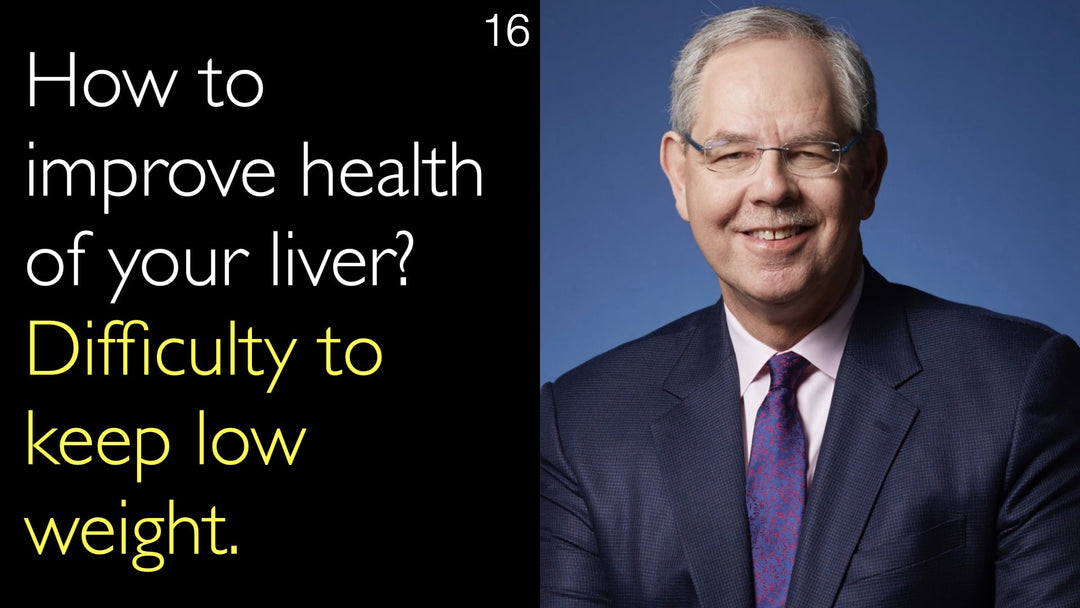Leading expert in nanotechnology and molecular diagnostics, Dr. Anita Goel, MD, explains how the Gene-RADAR platform revolutionizes Zika virus testing by delivering rapid, accurate, and cost-effective results directly to a patient's smartphone, decentralizing healthcare and overcoming the logistical challenges of traditional centralized lab models.
Rapid Zika Virus Diagnosis with Portable Gene-RADAR Technology
Jump To Section
- How Gene-RADAR Transforms Zika Virus Testing
- Key Advantages: Speed and Diagnostic Accuracy
- Cost and Logistical Benefits for Patients
- The Seamless Zika Testing Process
- Global Accessibility and Partner Lab Network
- The Future Vision of Decentralized Healthcare
How Gene-RADAR Transforms Zika Virus Testing
Dr. Anita Goel, MD, describes the Gene-RADAR technology as a groundbreaking platform for infectious disease diagnostics. This US FDA-approved system is designed to provide a direct and efficient pathway for individuals seeking a Zika virus test. The technology moves away from the traditional, cumbersome diagnostic pipeline, offering a modern solution that prioritizes patient convenience and rapid results.
Key Advantages: Speed and Diagnostic Accuracy
The primary benefit of the Gene-RADAR system is its ability to deliver test results faster than conventional methods while maintaining very high accuracy. Dr. Anita Goel, MD, emphasizes that this combination of speed and precision is critical for managing Zika virus infection, a condition where timely diagnosis can significantly impact patient care and public health containment efforts. This rapid turnaround is a fundamental improvement over the days or weeks of waiting typically associated with centralized laboratory testing.
Cost and Logistical Benefits for Patients
Beyond speed, Dr. Anita Goel, MD, highlights the significant cost advantages of the Gene-RADAR platform. The traditional model for Zika testing involves multiple steps: traveling to a clinic for a blood draw, shipping the sample to a centralized lab, and then waiting for the report. This process is not only expensive but also fraught with logistical challenges. The Gene-RADAR system streamlines this entire workflow, reducing overall costs and complexity for the patient.
The Seamless Zika Testing Process
Dr. Goel outlines a user-friendly process for accessing a Zika test. A patient can simply download a dedicated app, push a button, and instantly locate the nearest doctor authorized to order the Gene-RADAR Zika test. After providing a sample, the results are transmitted directly back to the user's phone. This seamless, on-demand access to critical health information empowers individuals and simplifies follow-up care decisions.
Global Accessibility and Partner Lab Network
While currently US FDA-approved, the technology is being made accessible globally through a network of partner labs. Dr. Anita Goel, MD, explains that patients and doctors in regions like South America, where Zika virus is a concern, can sign up through the company’s website. Their samples can be tested at a partner facility equipped with the Gene-RADAR diagnostic device, ensuring real-time turnaround no matter the location.
The Future Vision of Decentralized Healthcare
Dr. Goel positions the current Zika test as the first step toward a larger vision of mobilizing and personalizing healthcare delivery. The goal is to evolve into a consumer device that doctors can use at the patient's bedside and, for certain indications, that the FDA may eventually approve for in-home use. This represents a paradigm shift towards truly decentralized diagnostics, as explained by Dr. Anita Goel, MD, during her discussion with Dr. Anton Titov, MD.
Full Transcript
Dr. Anton Titov, MD: Someone is watching this in Miami or in Texas. They would like to have a Zika virus test done. How does your technology, Gene-RADAR, help? What are the advantages of the Gene-RADAR at this point in time?
Dr. Anita Goel, MD: It is US FDA-approved. The first thing is we can make the test results available faster, with very high accuracy. Our test has cost advantages. Our whole idea is to make it seamless.
If you are sitting somewhere in Texas and you want to get a Zika test, you can download our app and push a button to find the nearest doctor near you who can order the Zika test. You will be able to have your samples tested by our system, and the results will show up back on your phone.
Dr. Anton Titov, MD: The options currently to do it without your technology are really much more cumbersome and much more expensive?
Dr. Anita Goel, MD: Yes, there are logistical challenges as well as the actual technological infrastructure. Overall, it's a centralized model. You have to go to a place, they have to draw your blood, they have to ship it into a centralized lab, and you have to wait days or weeks to get an answer. It depends on the details of the diagnostic test for Zika virus.
Then you have to come back for the follow-up on what to do about that. In general, our idea is to make it easier for you to have that information on demand. It is a step towards our bigger vision of decentralizing, mobilizing, and personalizing the entire delivery of healthcare.
Dr. Anton Titov, MD: If someone is watching this in South America and would like to have a Zika test done, how can they do it with the help of your technology, Gene-RADAR? It is US FDA-approved, but can you also do tests from other countries?
Dr. Anita Goel, MD: We will have partner labs that will have our diagnostic device. Patients and doctors can sign up through our website to have their samples tested through our partner facility with our machines, and with real-time turnaround.
This is the first step towards the bigger vision of eventually having a consumer device that doctors can have in their offices. Doctors can use Gene-RADAR technology at the patient's bedside. For some indications, the FDA allows a consumer device that people can have in their own homes.







